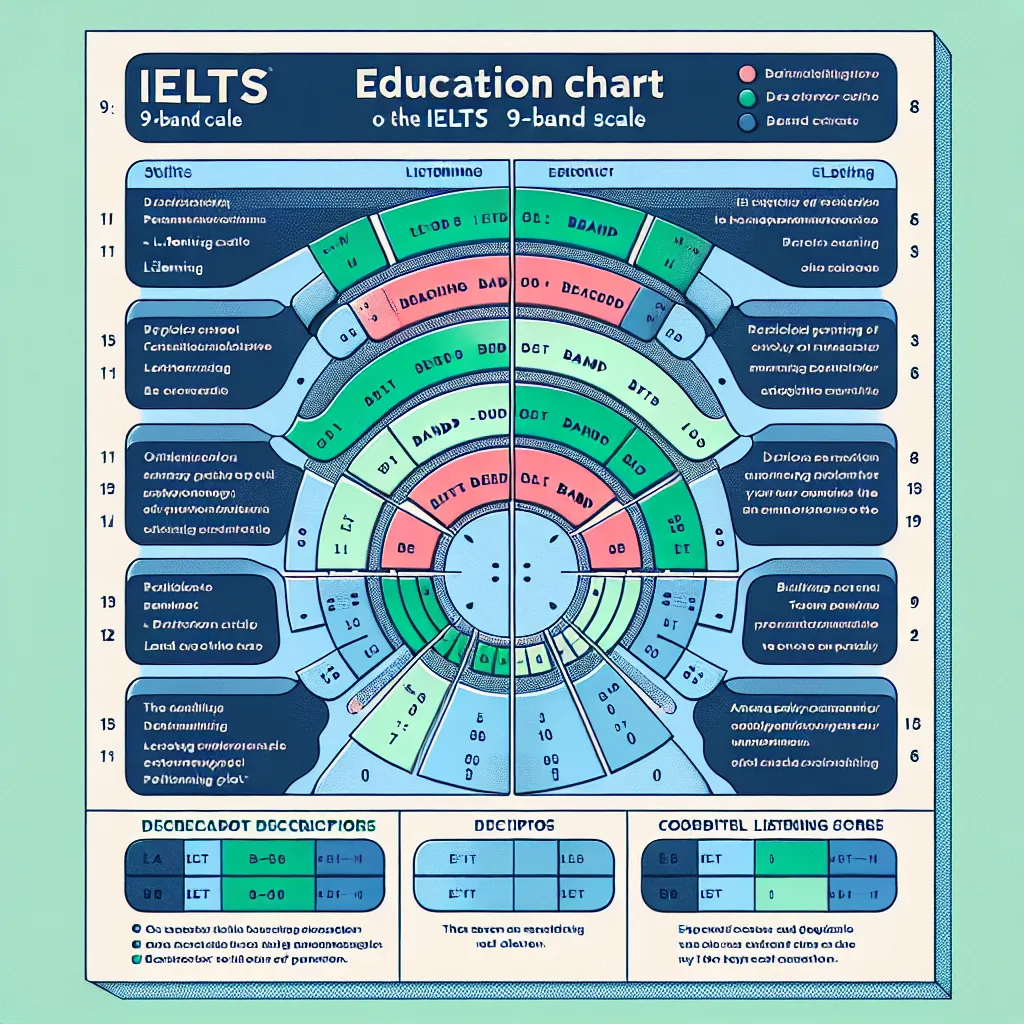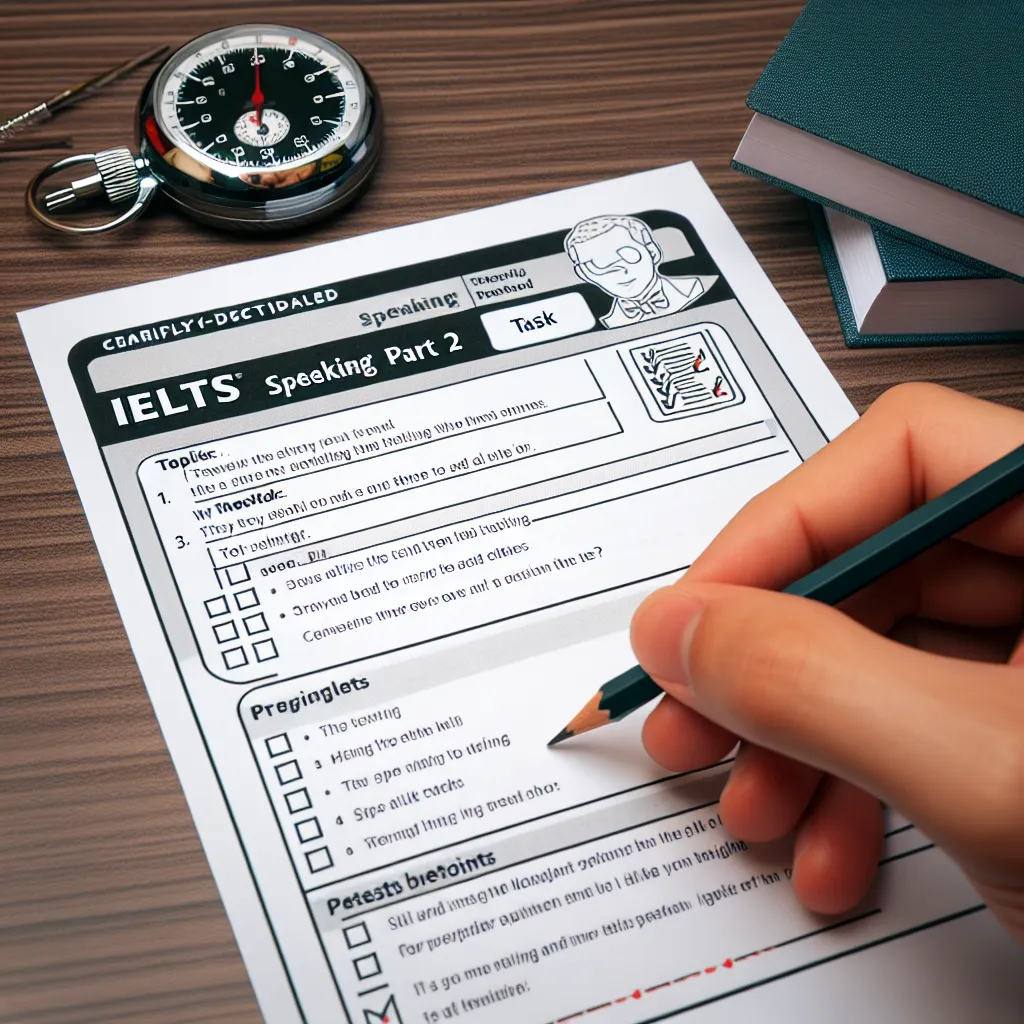Are you preparing for the IELTS exam and wondering about the structure of the Listening test? One of the most common questions that IELTS candidates ask is, “How Many Questions Are In The IELTS Listening Test?” In this comprehensive guide, we’ll dive deep into the IELTS Listening test format, question types, and provide valuable tips to help you ace this crucial component of the exam.
Understanding the IELTS Listening Test Structure
The IELTS Listening test is designed to assess your ability to understand spoken English in various contexts. It’s important to familiarize yourself with the test structure to better prepare and manage your time during the exam.
Total Number of Questions
Let’s address the main question right away: The IELTS Listening test consists of 40 questions in total. These questions are divided into four sections, each focusing on different aspects of listening comprehension.
 IELTS Listening Test Structure
IELTS Listening Test Structure
Breakdown of Sections
- Section 1: 10 questions
- Typically a conversation between two people in an everyday social context
- Section 2: 10 questions
- Usually a monologue set in an everyday social context
- Section 3: 10 questions
- A conversation between up to four people in an educational or training context
- Section 4: 10 questions
- A monologue on an academic subject
Types of Questions in the IELTS Listening Test
Understanding the various question types you’ll encounter can significantly boost your performance. Here are the common question formats used in the IELTS Listening test:
- Multiple choice
- Matching
- Plan, map, diagram labelling
- Form, note, table, flow-chart, summary completion
- Sentence completion
- Short answer questions
Each section may contain a mix of these question types, challenging your listening skills in different ways.
Time Management in the IELTS Listening Test
Effective time management is crucial for success in the IELTS Listening test. Here’s a breakdown of the timing:
- Total test duration: Approximately 30 minutes
- Additional transfer time: 10 minutes to transfer answers to the answer sheet
Time Management Tips
- Read ahead: Use the time given before each section to quickly read through the questions.
- Focus on keywords: Identify key information in the questions to guide your listening.
- Write as you listen: Practice writing your answers while listening to save time.
- Don’t panic if you miss an answer: Move on to the next question and stay focused.
Scoring in the IELTS Listening Test
Understanding how the test is scored can help you set realistic goals and focus your preparation efforts.
- Each correct answer is worth 1 mark
- Raw scores out of 40 are converted to the IELTS 9-band scale
- There is no negative marking for incorrect answers
 IELTS Listening Test Scoring
IELTS Listening Test Scoring
Common Challenges and How to Overcome Them
Preparing for the IELTS Listening test can be daunting, but awareness of common challenges can help you overcome them:
- Accents and speech speed: Practice listening to various English accents and gradually increase the playback speed of audio materials.
- Vocabulary gaps: Build your vocabulary by reading widely and learning words in context.
- Concentration fatigue: Improve your stamina by practicing full-length mock tests regularly.
- Note-taking skills: Develop efficient note-taking techniques to capture key information quickly.
Preparation Strategies for Success
To excel in the IELTS Listening test, consider these effective preparation strategies:
- Use official IELTS practice materials: Familiarize yourself with the test format and question types.
- Listen to diverse English content: Podcasts, news broadcasts, and academic lectures can enhance your listening skills.
- Practice active listening: Focus on understanding main ideas and specific details in conversations.
- Improve your note-taking: Develop a personal shorthand system for quick and efficient note-taking.
- Time yourself: Regular timed practice will help you manage the pressure of the actual test.
Next Steps in Your IELTS Journey
Now that you understand the structure and question count of the IELTS Listening test, it’s time to put this knowledge into practice:
- Take a full-length IELTS Listening practice test to assess your current level.
- Identify your weak areas and create a targeted study plan.
- Set realistic goals for improvement and track your progress regularly.
- Consider joining an IELTS study group or finding a study partner for motivation and shared learning.
Remember, success in the IELTS Listening test comes with consistent practice and a strategic approach to preparation. By understanding the test structure, practicing regularly, and applying effective strategies, you’ll be well-equipped to tackle the 40 questions in the IELTS Listening test with confidence.
Are you ready to take on the challenge? Start your IELTS Listening preparation today and share your experiences or questions in the comments below. Good luck with your IELTS journey!




